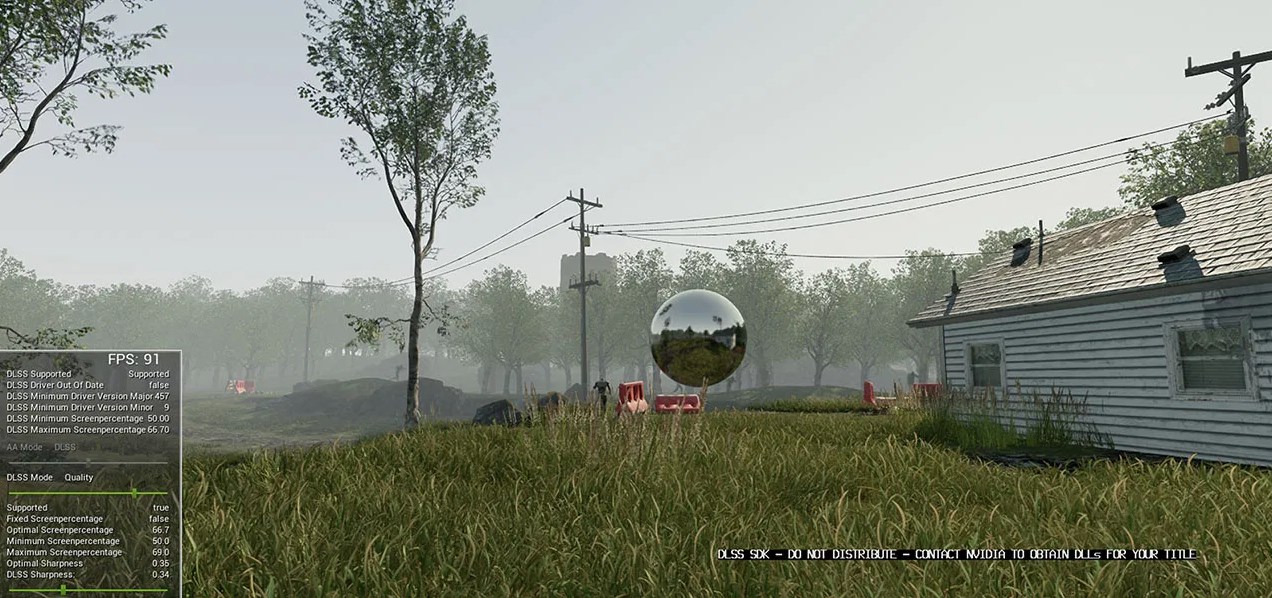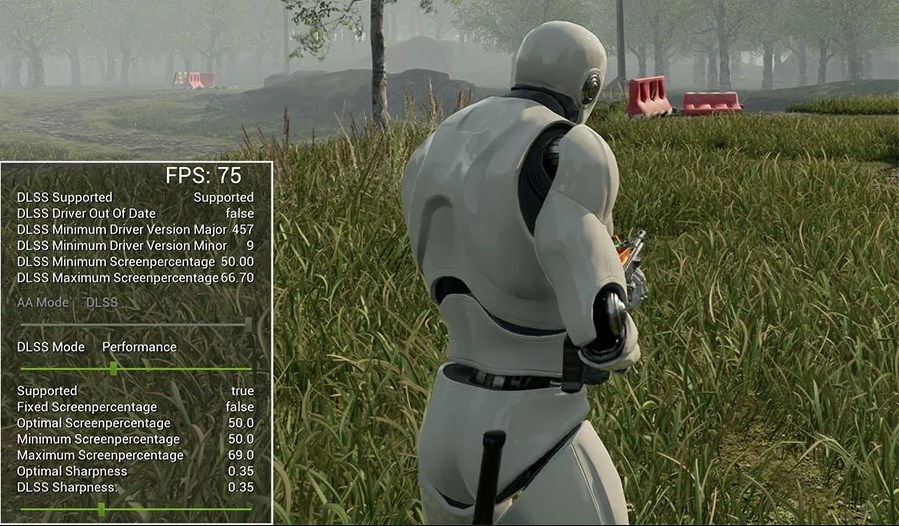Nvidia’s DLSS 2.0 technology in Unreal Ungine is certainly a big announcement. Unreal Engine is a 3D engine developed by Epic Games. This engine is made available to developers in the form of a license.
DLSS stands for Deep Learning Super Sampling and in the 2.0 iteration it can use the Nvidia RTX cards’ Tensor Cores to upscale lower resolution render buffers to the desired ‘native’ scale much better than any existing upscale algorithm inside UE4 currently. At the same time that DLSS upscales, it is performing anti-aliasing effectively gaining performance from rendering the scene and post-processing at reduced input resolution. This AA solution replaces TXAA and so dithered materials don’t seem to render the same with DLSS currently (where TXAA would soften the dither pattern).

DLSS 2.0 will be integrated into Unreal Engine version 4.26 and this should result in a significant performance improvement when the technology is activated. According to Tom Looman, a video game developer working with Unreal Engine 4, the main thing is surely the DLSS 2.0 integration process and the huge performance improvements it involves. In this article, he offers numerous examples and reveals that integration with Unreal Engine 4.26 is extremely simple. Once this step is completed, DLSS 2.0 manages to increase the frame rate between 60 and 180% depending on the scene, which clearly brings a massive new competitive advantage to Nvidia.

The possibility of developers having access to DLSS technology in such a simple way is confirmed, it is an advantage that many of them will turn to. Even if it is unclear at the moment, the integration of Nvidia technology into the Unreal Engine 4 should mechanically broaden the portfolio of games for which having an RTX is a decisive advantage.

The default anti-aliasing solution for Unreal Engine is TXAA and so this is the main competitor for Nvidia’s DLSS in the engine. Since DLSS is using a lower internal resolution, the real test is whether it can maintain final image quality while improving performance. A second major benefit for DLSS is how it scales to 4K Displays (unfortunately my monitor is only 1440p) as it can enable 4K Gaming on mid-range graphics cards by using a more reasonable internal resolution.
For the quality and performance comparison Tom Looman made a quick video toggling between the 3 different AA modes (TXAA, DLSS Quality & DLSS Performance) to see the difference. The visual quality is often difficult to see while the framerate takes a big leap at the same time.


















